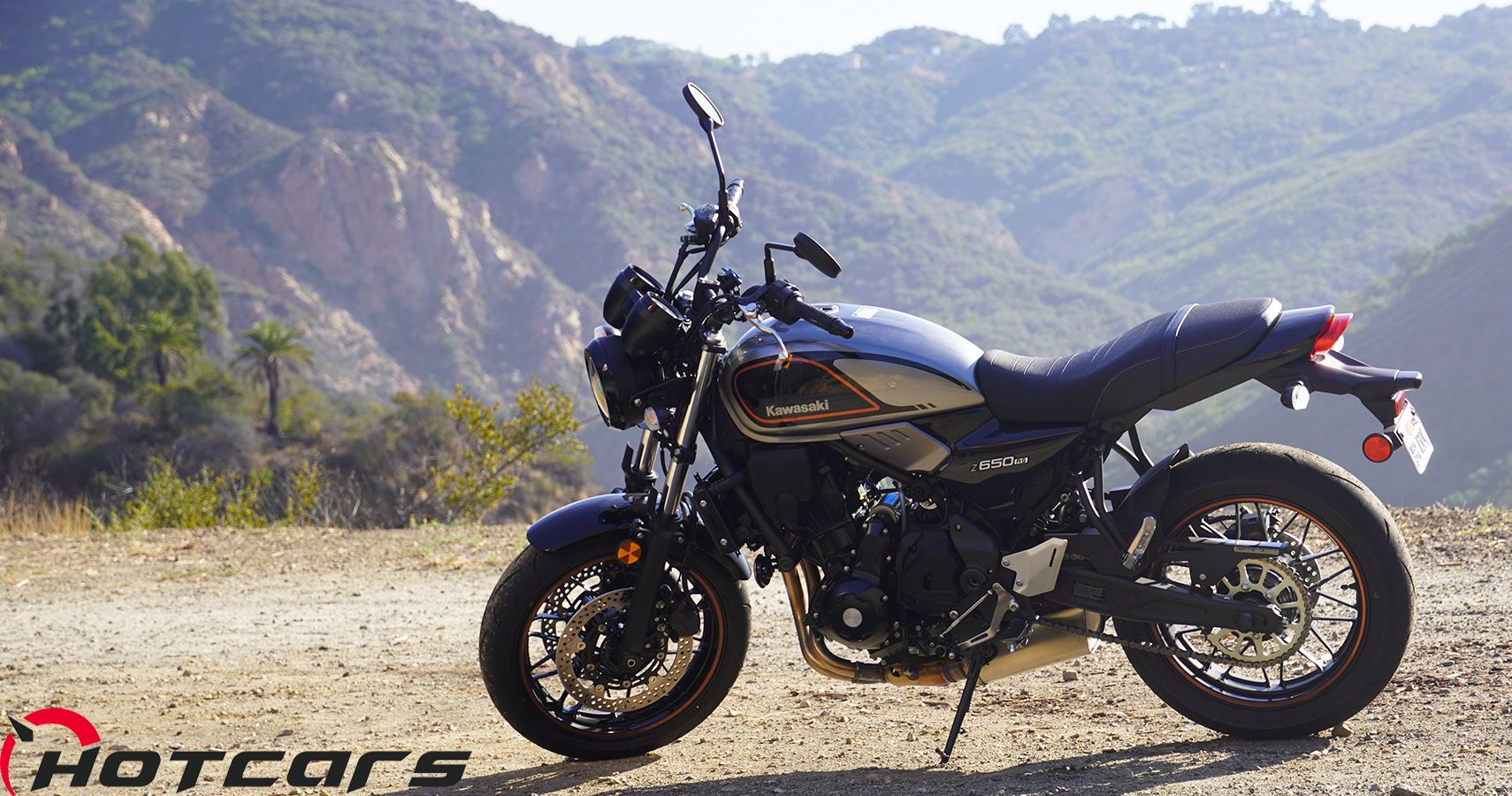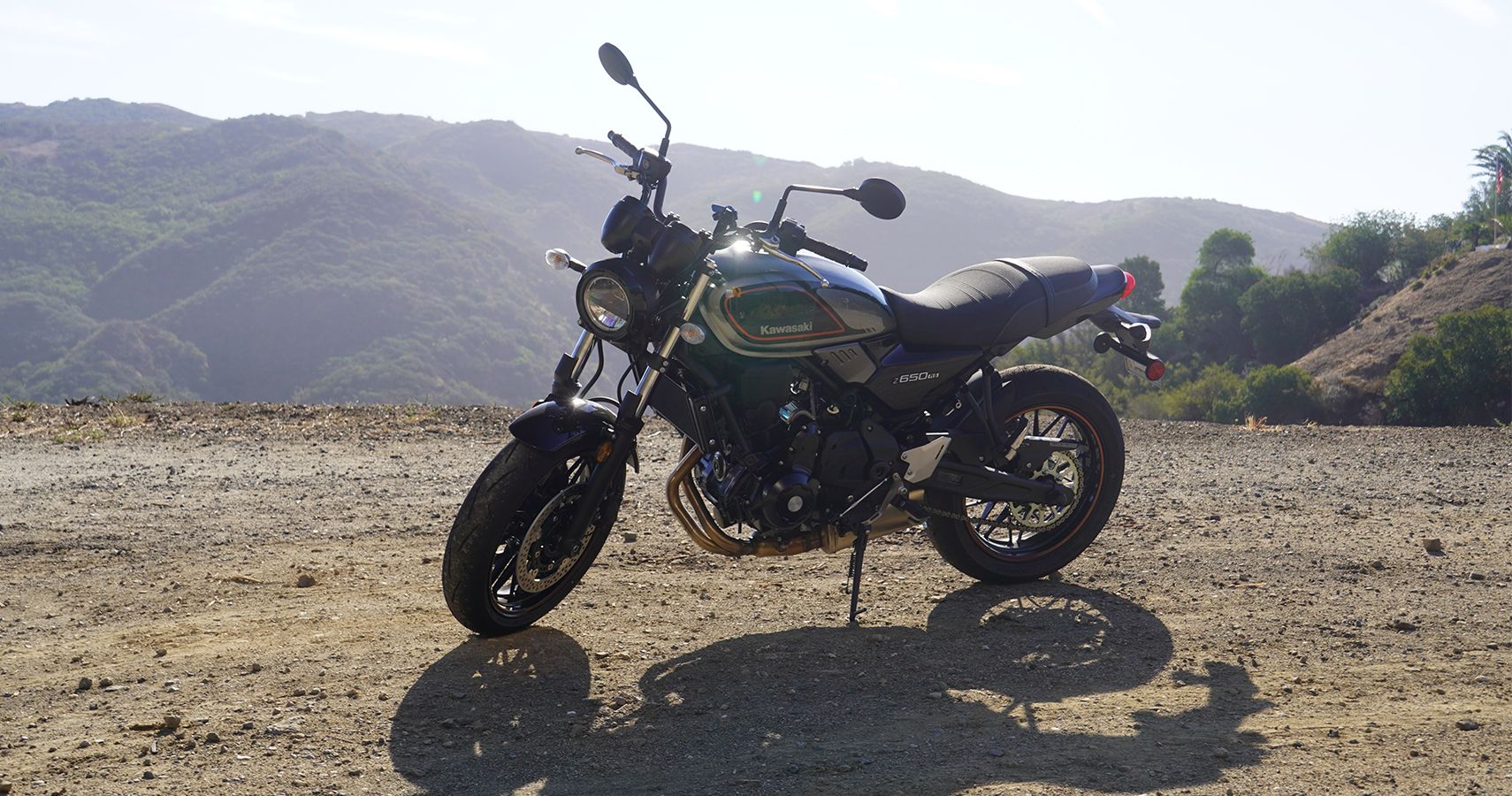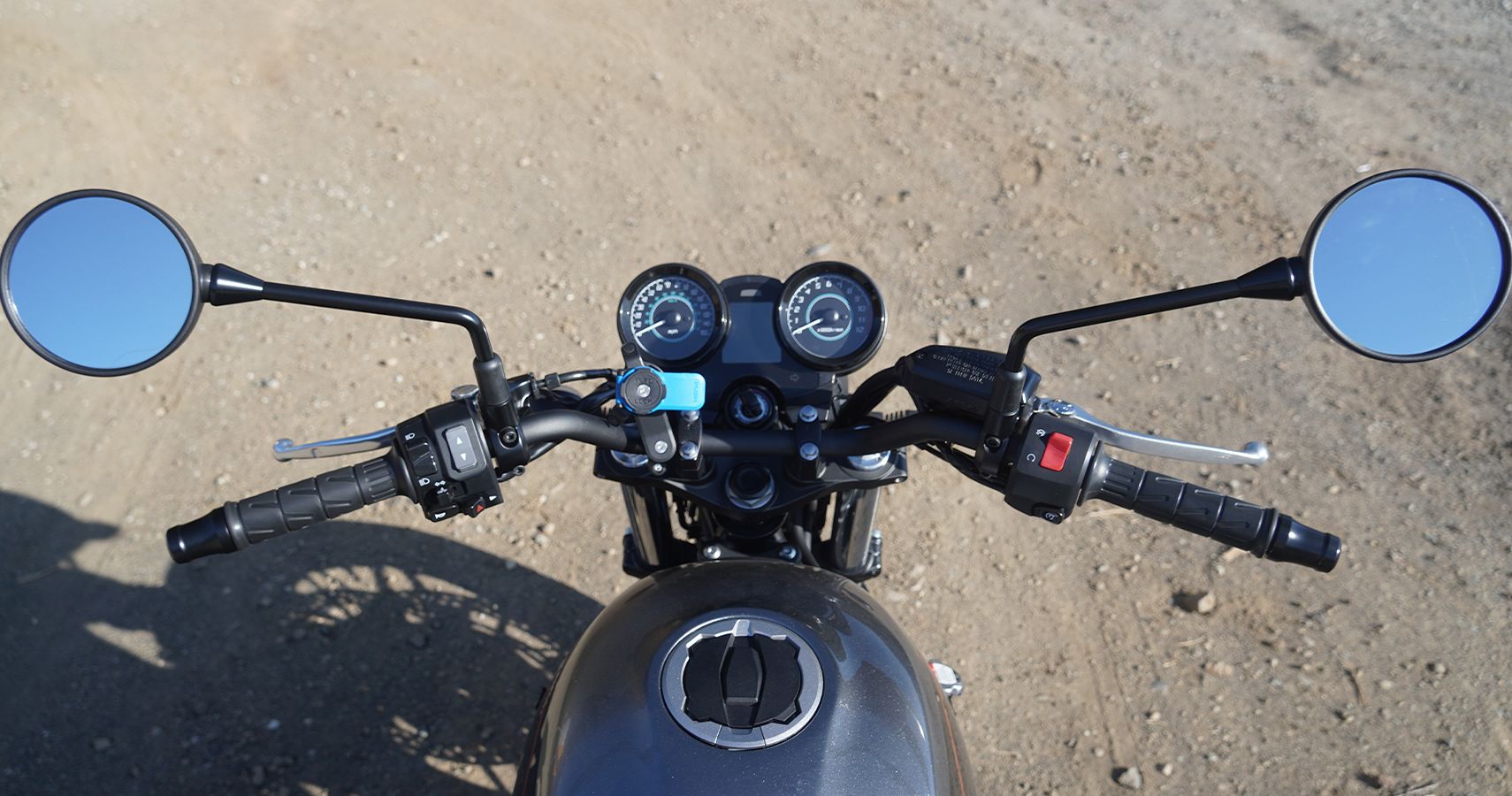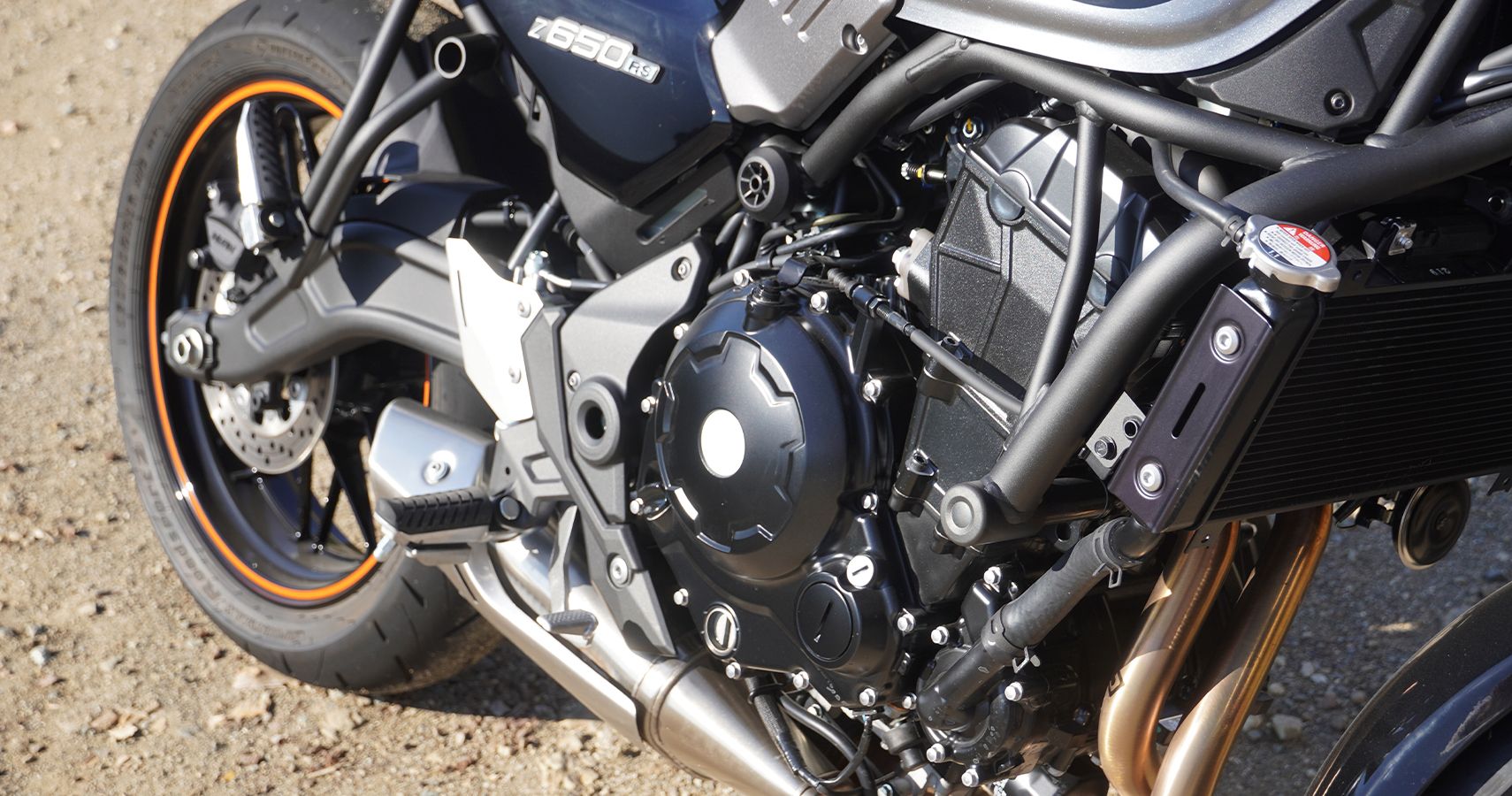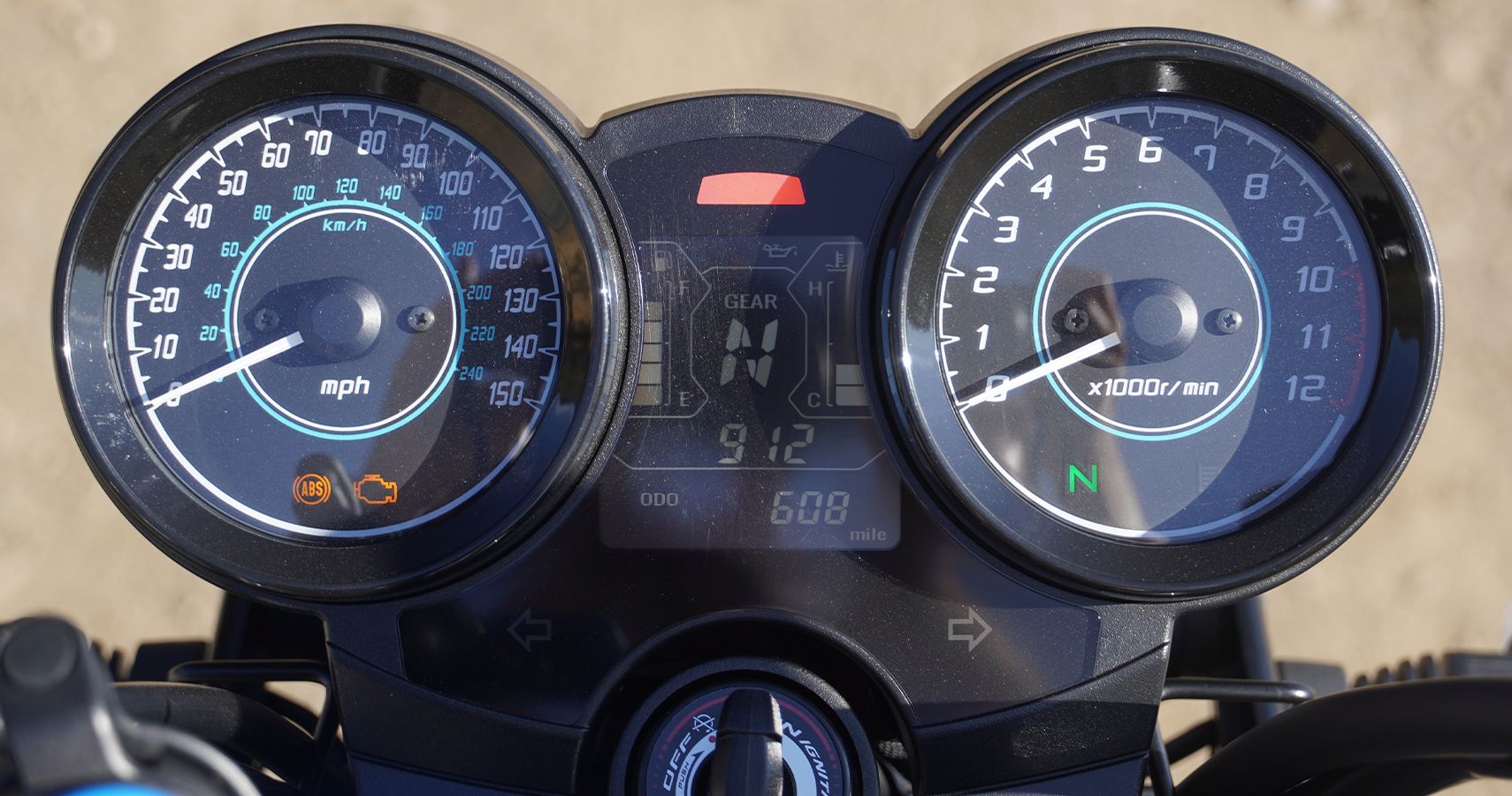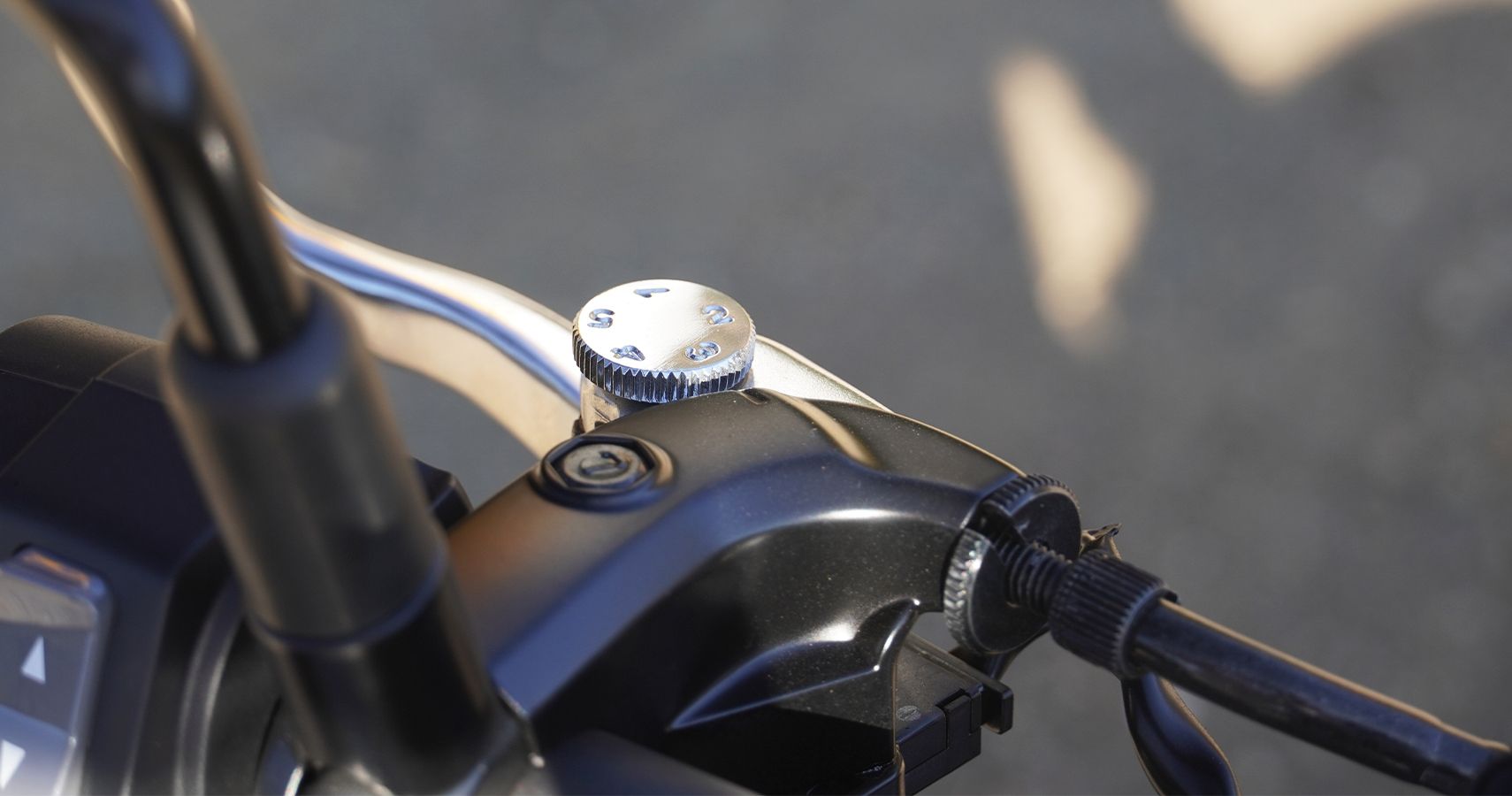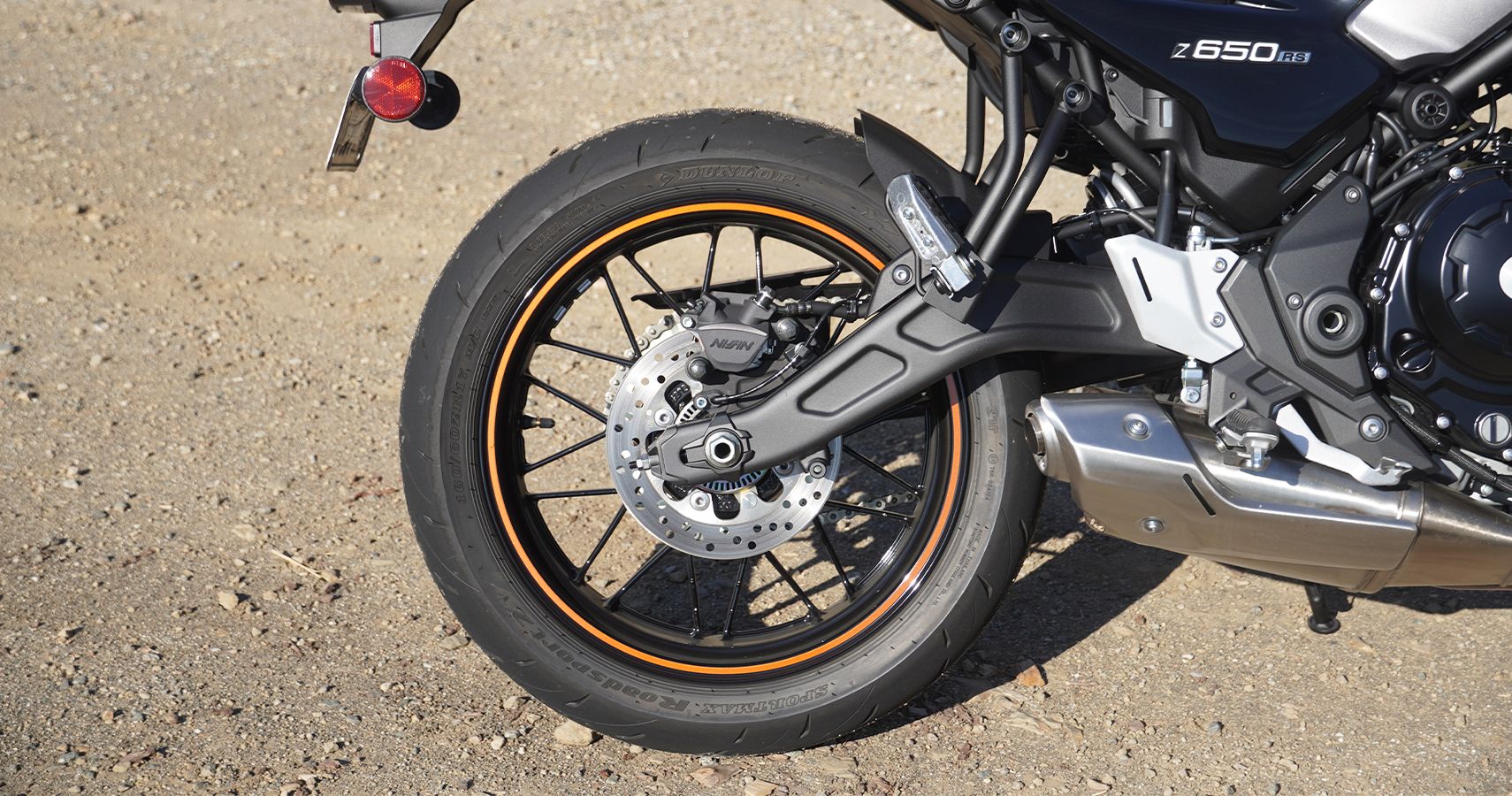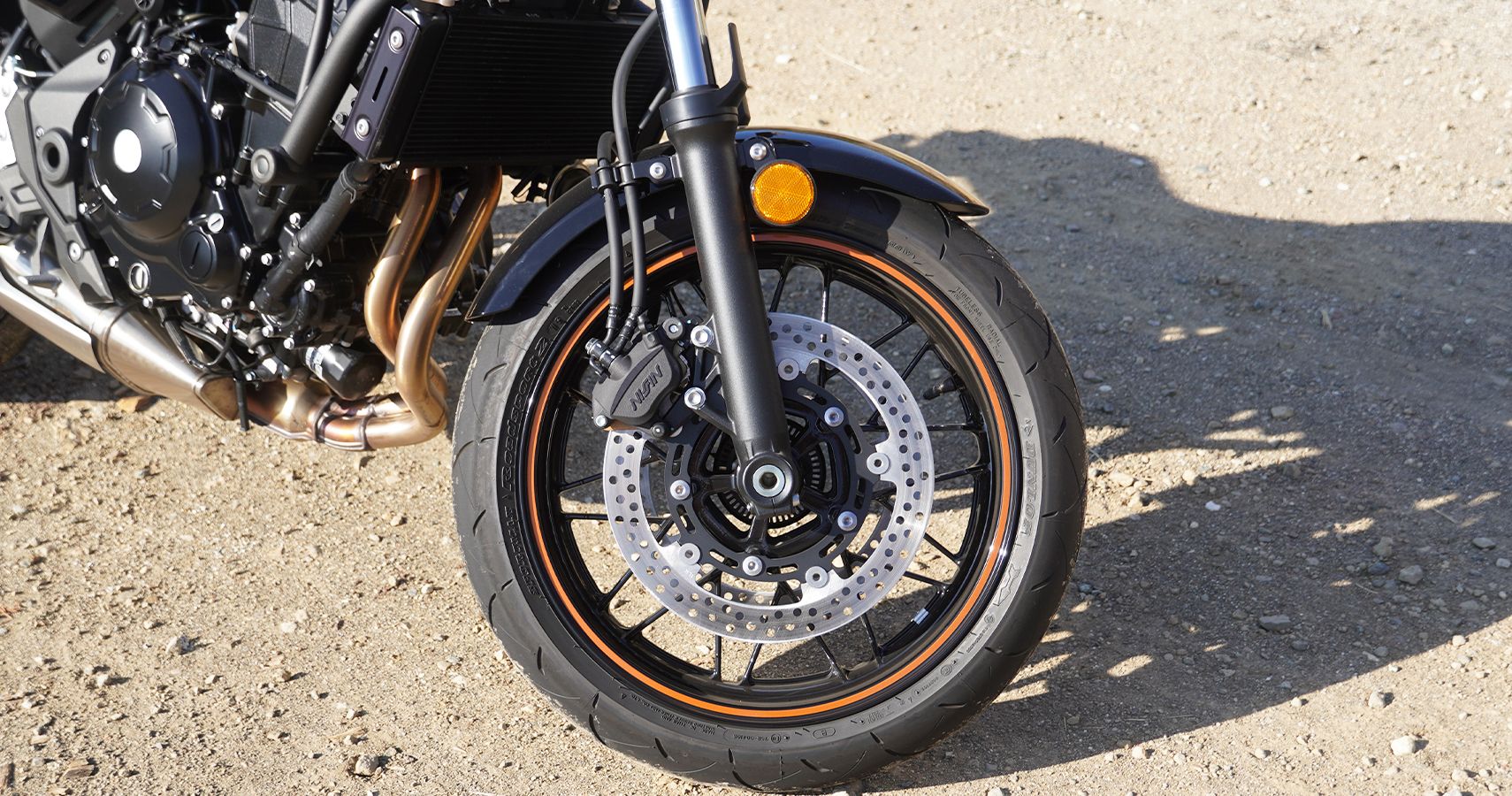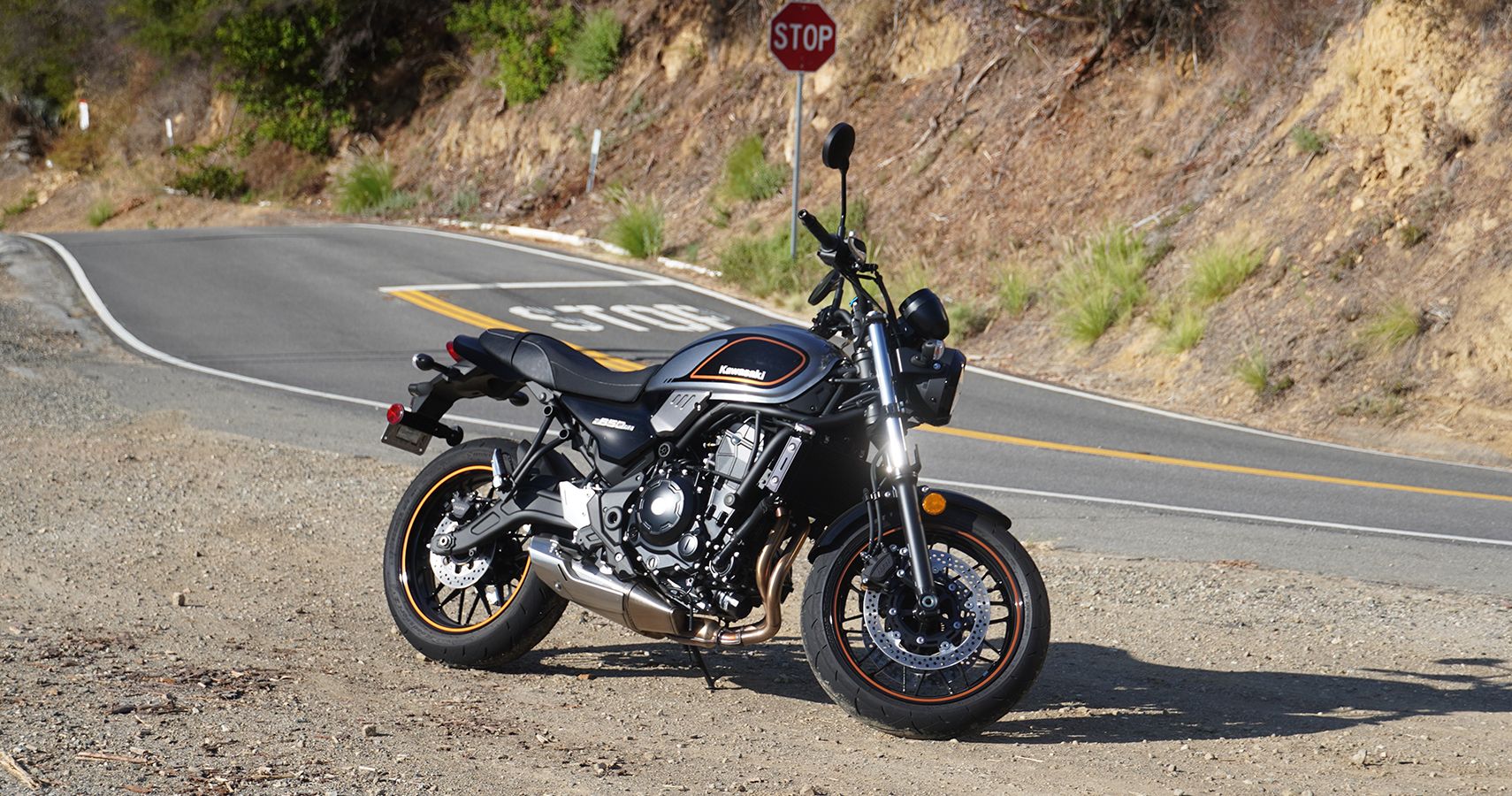A couple of months after Kawasaki loaned me a Ninja 400 ABS for my first motorcycle review, the choice of what to ride next loomed large. The Ninja provided a perfect intro to riding, but I definitely wanted to feel a bit more power and the chance to experience a new riding position. Enter Kawasaki's Z650RS, which marries retro styling with modern performance in an entry-level bike that slots well into a competitive market.
Kawasaki's Retrovolution
The 'RS' moniker refers to "Retro Sport" and this bike certainly delivers that aesthetic. A classically shaped gas tank, blacked-out engine components nestled into a black trellis cage—even the mirrors look straight out of the 1970s or '80s, similar to the styling of a Ducati Scrambler or Triumph Bonneville but with a distinct Kawasaki touch.
2022 Kawasaki Z650RS
- Retro styling on a modern bike
- Borrows the Ninja 650's engine
- Modern gauges and ABS with retro tach and speedometer
- Engine/Motor: 649cc Parallel Twin
- Horsepower: 67hp
- Torque: 48 lb-ft
- Transmission: 6-speed
- Excellent powerplant delivers plenty of power without too much vibration
- Transmission shifts with lots of positive engagement
- Style translates to a comfortable riding position
- Adjustable clutch and brake levers
- Touchy throttle often causes lurching
- Begs for modifications to enhance the retro styling
- Almost too quiet
Borrowing The Ninja 650 Engine
The design builds upon a proven drivetrain borrowed from Ninja 650 and the more futuristically angular Z650. A 649cc parallel twin delivers 67 horsepower and 48 lb-ft of torque, big increases over the Ninja 400's 49 ponies and 24.6 lb-ft of twist. And yet, the Z650RS trims excess to tip the scales at only 412 pounds wet. The little mill pairs excellent low-end grunt with a 10,000-RPM redline, somehow without producing too much vibration anywhere in the rev range. The six-speed transmission also steps up in a big way from the Ninja 400, with much more positive action from the shift lever and, importantly for me as a relative newbie still, a slipper clutch for smoother up and downshifts.
Classic But With A Modern Touch
The retro styling extends all the way to round analog gauges for the speedometer and tachometer, though a small digital display also helped me out by logging gear selections, plus fuel level and coolant temps. But watching the revs climb up towards and past 12 o'clock as the Z650RS began delivering much more power than the Ninja 400 definitely provided a thrill, even if I didn't quite look the part in my modern Spidi riding gear and carbon-fiber ATS-1R helmet from 6D.
Adjusting To The Z650RS
The modern elements that Kawasaki speckles around the Z650RS include another detail that helped with my confidence: ABS brakes. Adjustable clutch and brake levers also helped to quicken my adjustment period to the bike, since I prefer to dial in my road bicycles regularly to prevent sloppy brake action and chain play. Even with my large hands, while wearing thick motorcycle gloves, both the front brake and clutch levers can often feel like they engage too far out—not so on the Z650RS.
Still, the newly upright riding position definitely felt a bit odd, closer to the Zero Motorcycles DSR/X adventure bike even than the Ducati Monster Plus that I rode in the meantime. On a road bike, I keep the seat six to eight inches above the handlebars but here, I sat with my torso completely upright and focused on shifting my weight around more vertically than ever before.
More Power More Better
Luckily, Kawasaki gave me plenty of time with the Z650RS, so that I might get a feel both for the new riding position and the big power bump. The increased displacement compared to the smaller 399cc engine of the Ninja 400 pumps out more power throughout the rev range, with plenty of pull available with even the slightest yank on the throttle. And yet, the acceleration never felt overwhelming and by the time I faced returning the bike, I could feel a bit of addition looming. Could I go back to the much less eager Ninja 400 and satisfy that itch? Dubious, at best.
At full throttle, I ended up abandoning the upright posture and leaning forward, though, putting more weight on the pegs and shifting around once again by leaning my head out towards the inside of a turn. To a certain extent, the position during harder riding felt more akin to a front squat as I kept my hips light on the saddle.
Throttle Modulation Needs Help
But both hard riding and cruising reveal the biggest flaw in the Z650RS, namely an extremely sensitive throttle that prevents smooth modulation between acceleration and deceleration. A few friends that I rode with argued whether this is just a Kawasaki thing or potentially related to California emissions equipment—regardless, the physical movement of the throttle felt like it allowed only about a millimeter between the weight transferring front or rearward. Apparently, an aftermarket controller can fix this issue, which would then make the Z650RS almost impossible to critique, though nobody likes buying a new bike they need to immediately fix up (other than fun mods, like maybe a louder exhaust system to wake up a bit more power and also sleeping drivers in traffic).
Canyon Carving And Daily Driving
The Z650RS features softer suspension than the Ninja 400, which definitely helps smooth out bumpy roads and highways. But with the throttle's on-off play, the bike also tends to dip and lurch between acceleration and deceleration, even while riding in a straight line on level ground. And up in the canyons, I almost needed to ride the clutch to keep weight transferring from front to rear and back again in corners.
Still, as I carved through Malibu and Topanga, the Z650RS taught me many more lessons and contributed greatly to my own skills. If retro style and an upright riding position sound good, then the Z650RS definitely belongs on your shortlist. For me, the additional power without a massive bump up in weight (a la the DSR/X, which weighs closer to 550 pounds) left me convinced that sport bikes definitely fit my demands a little better—hopefully, I can hop on some lower and leaner crotch rockets soon, though whether my back and shoulders will appreciate the aggressive posture remains a serious question that only time can answer.
Sources: kawasaki.com, youtube.com, scramblerducati.com, triumphmotorcycles.com, spidi.com, and 6dhelmets.com.

